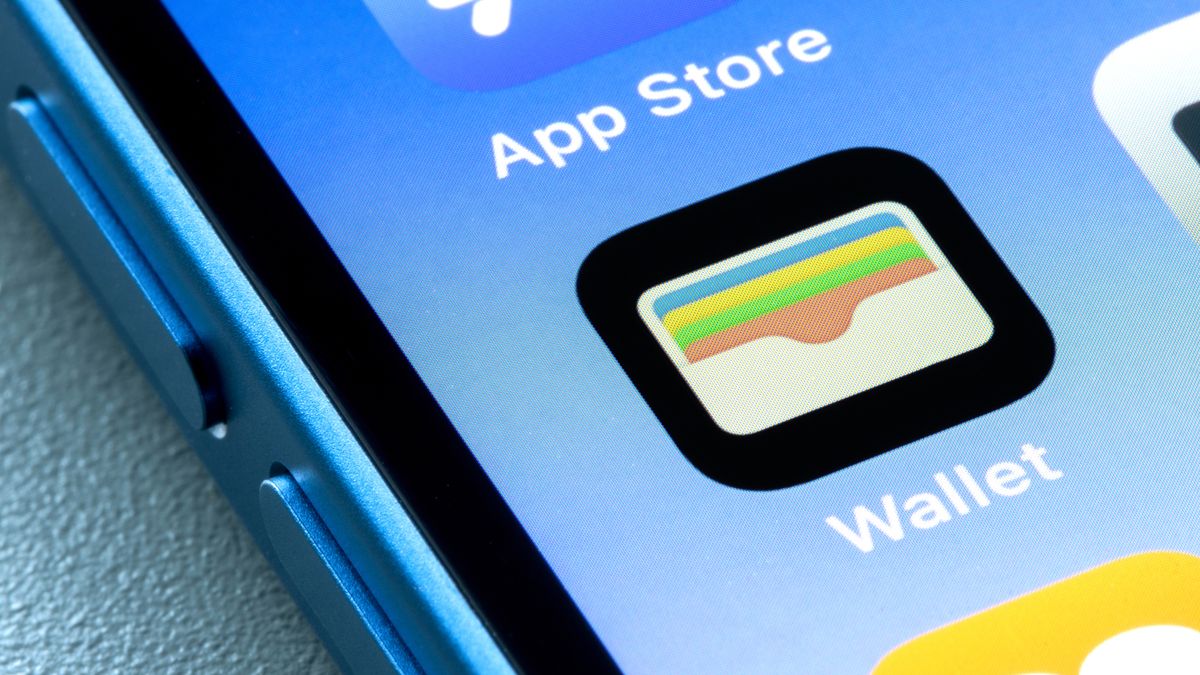
iOS 18.4 adds a new way to track your spending — but I think Apple can go even further
- 17.03.2025 08:41
- tomsguide.com
- Keywords: Apple
iOS 18.4 introduces a new feature in the Wallet app to track recurring payments via Apple Pay, but the author suggests that Apple could enhance this by creating a more comprehensive subscription management tool.